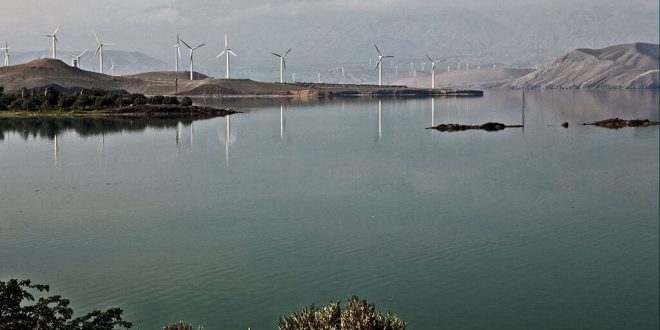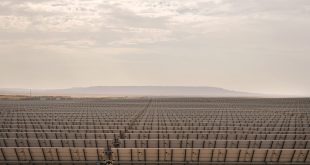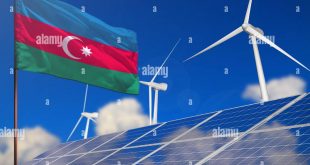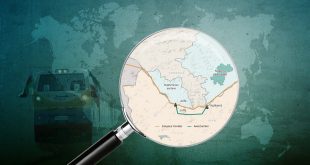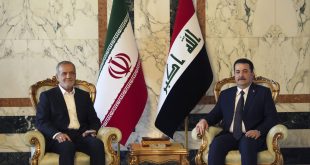Iran’s renewable energy sector now produces less than one percent of the nation’s total electricity, far less than its neighbors
Amid the multiple crises roiling the Middle East, Iran’s new President Masoud Pezeshkian also faces important decisions about his country’s energy destiny.
Characterized by excessive reliance on fossil fuels and frequent power outages, Iran has a lot of unrealized potential when it comes to renewable energy, especially solar and wind power, but has been slow in developing these sources compared to neighboring countries.
With an operating capacity of only 879 MW, Iran’s renewable energy sector now produces less than one percent of the nation’s total electricity. In 2023, Iran built less than 75 MW of renewable power, while Saudi Arabia and Turkey added 2,840 MW and 2,800 MW, respectively.
Iran aims to produce 2,500 MW from renewable energy sources to meet its long-term sustainability goals. To solve these issues and achieve significant progress will require large financial commitments and careful planning as well as relief from onerous Western sanctions.
Judging from his statements since assuming power after the death of his predecessor in a helicopter crash and snap summer elections, Pezeshkian will focus Iran’s environmental and energy policies on several key areas. His administration aims to safeguard biological resources, transition towards a green economy, and incorporate environmental considerations into development plans.
Pezeshkian emphasizes improving public transportation to reduce gasoline and diesel consumption and diversifying residential heating methods to reduce dependence on natural gas. Additionally, the administration seeks to enhance international collaboration on environmental issues and attract both domestic and foreign investment to expand oil and gas production – a particularly difficult task while Iran remains under sanctions for its nuclear advances, human rights abuses, and weapons transfers to Russia.
Iran is grappling with a significant energy crisis, particularly in its electrical sector. The country faces a troubling 14,000–15,000 MW electricity deficit during peak summer demand, exacerbated by frequent power outages that disrupt both industrial and residential life. Industrial parks, burdened by the limitations of the grid, face forced outages lasting up to two days per week.
Iran’s current renewable energy capacity is insufficient to address ongoing energy shortages and rising demand. Compounding the issue, Iran is experiencing a natural gas shortage despite possessing the world’s second-largest reserves and has had to resort to importing gas from Russia.
Thermal power plants, which produce about 93.5 percent of the nation’s electricity, consume over 70 billion cubic meters of natural gas annually. The severe reliance on natural gas, combined with challenges in increasing output, intensifies the energy crisis. The outdated power generation infrastructure, characterized by inefficient gas and steam power plants, results in over 13 percent of generated electricity being lost during transmission and distribution. This underscores the urgent need for modernization. Power outages have a severe economic impact, projected to cost industries $5–8 billion annually in lost production, contributing to broader economic instability.
The Pezeshkian administration faces substantial obstacles in addressing the energy crisis. While the president has expressed his commitment to prioritizing environmental issues and attracting investment, his efforts may be limited by foreign policy constraints that hinder global investment and cooperation. To fully realize Iran’s renewable energy potential, it is crucial to lift economic sanctions, improve international relations with Western countries, and accelerate the development of renewable energy infrastructure. Strategic and thorough planning will also be necessary to achieve ambitious goals and keep pace with regional advancements.
Iran’s more than 300 sunny days a year provide ample opportunity for the growth of solar energy and demonstrate the country’s deep potential for developing renewable energy. But progress in developing this resource has been slow.
Besides sanctions, Iran faces exclusion from international financial markets because of its noncompliance with Financial Action Task Force (FATF) laws on money laundering and terrorism financing and restricted access to cutting-edge technologies. Improving Iran’s renewable energy potential and developing a more sustainable energy industry requires international investment and technology, which can only be achieved by alleviating these restrictions.

